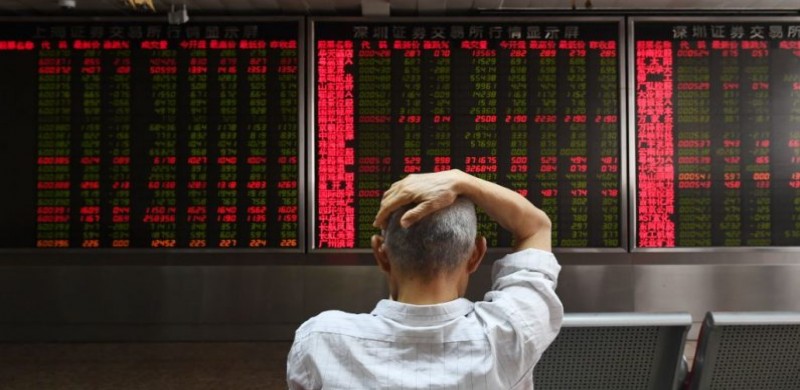P2P Lending Crisis in China: Will this be the end to P2P Lending?

It wasn’t too long ago we prided peer-to-peer (P2P) lending on its disruptive nature in cutting the middle man (i.e. banks) and establishing itself as a more efficient form of alternative finance. The argument was that by incorporating technology in finance, loan processes would become more efficient and we could rely less on the middle man to get access to financing.
Traditionally, before P2P lending became popular, banks acted as the intermediary between borrowers and lenders. But after the 2008 financial crisis and banks started to impose stricter restrictions against consumer lending, it became more challenging even for those with good credit history to acquire loans.
This therefore opened the door for P2P lending platforms like Lending Club and Prosper to offer easy and cheap loans to borrowers with decent credit score.
How big is the P2P Market globally and in China?
Statista suggests that the global P2P market could be worth almost 1 trillion USD by 2025. In China, the P2P lending market is probably the largest with total outstanding loans of about 200 billion USD and over 4000 providers in the P2P market in 2017, as compared to 50 providers at end of 2011.
Trouble started brewing in China back in 2016
While many of these platforms provide crucial financing to individuals and businesses, a significant number of platforms were engaging in risky lending practices. Trouble seemed to have started brewing in China back in 2016, when statistics from the Chinese Banking Regulatory Commission showed that about 40% of P2P lending platforms were in fact Ponzi schemes.
Today reported that the latest burst of anger from P2P investors flared up ahead of a June 30 deadline for P2P companies to comply with new business practice standards which included tougher disclosure requirements and bank custodianship of investor funds. In response to the tougher regulations, many P2P firms shut down, which prompted P2P investors to pull their funds out, creating liquidity problems for small P2P operators.
Concerned that the matter would grow out of hand, the Chinese regulators are now enlisting the help of distressed asset managers to bail out the P2P lenders to avoid a catastrophic collapse of the financial system.
Is this the end of the road for P2P lending?
Probably not. To be fair, P2P lending is still very new and investors and regulators alike have not fully learnt and understood the risks of P2P lending. While P2P lending is an innovative idea that attempts to improve the efficiency of loan processes, it needs to be regulated and the risks need to be understood by investors and regulators. But like every other change due to technology (e.g. blockchain, ride-sharing), implementing new controls and regulations takes time.
So, this P2P lending crisis in China may not necessarily be a bad thing in the long run. With the fallout of China’s P2P lending industry, investors and regulators from all over the world will put more scrutiny on P2P lending firms. Ginnie Chin, co-founder of Culum Capital Pte Ltd, opines that going forward, “investors will definitely be more cautious in looking for P2P platforms with strong due diligence processes. Regulators similarly may start to look into tighter regulations for these P2P platforms.”
And with the clampdown on the P2P industry in China, some of the Chinese P2P firms could possibly diversify abroad. According to Chia Hock Lai, President of Singapore Fintech Association (SFA), Southeast Asia, remains a very attractive region due to its large population for P2P firms. Singapore could thus benefit as a launchpad for these Chinese firms due to our ease of doing business, strong regulatory and legal framework and proximity to other Southeast Asia countries.



